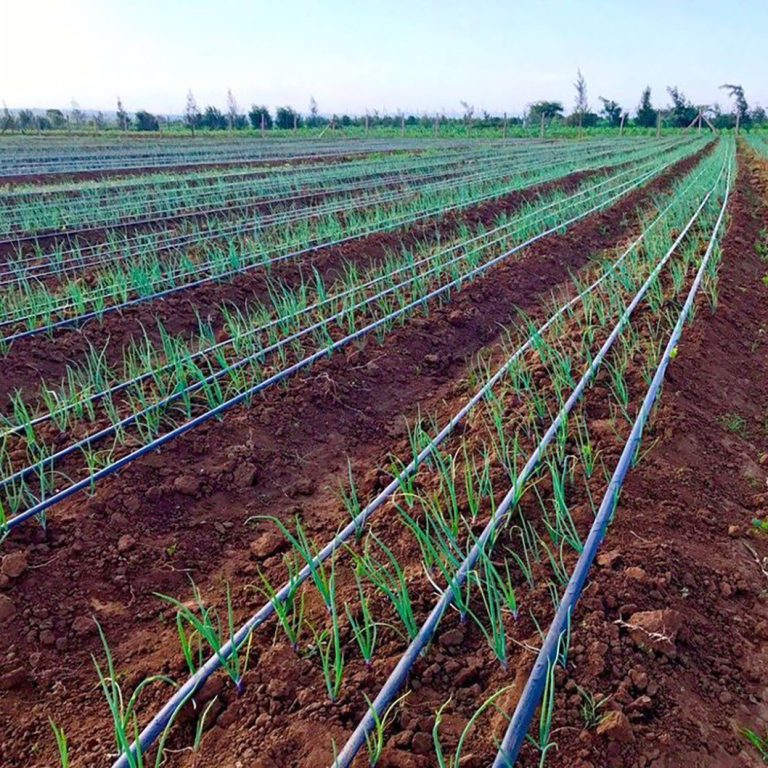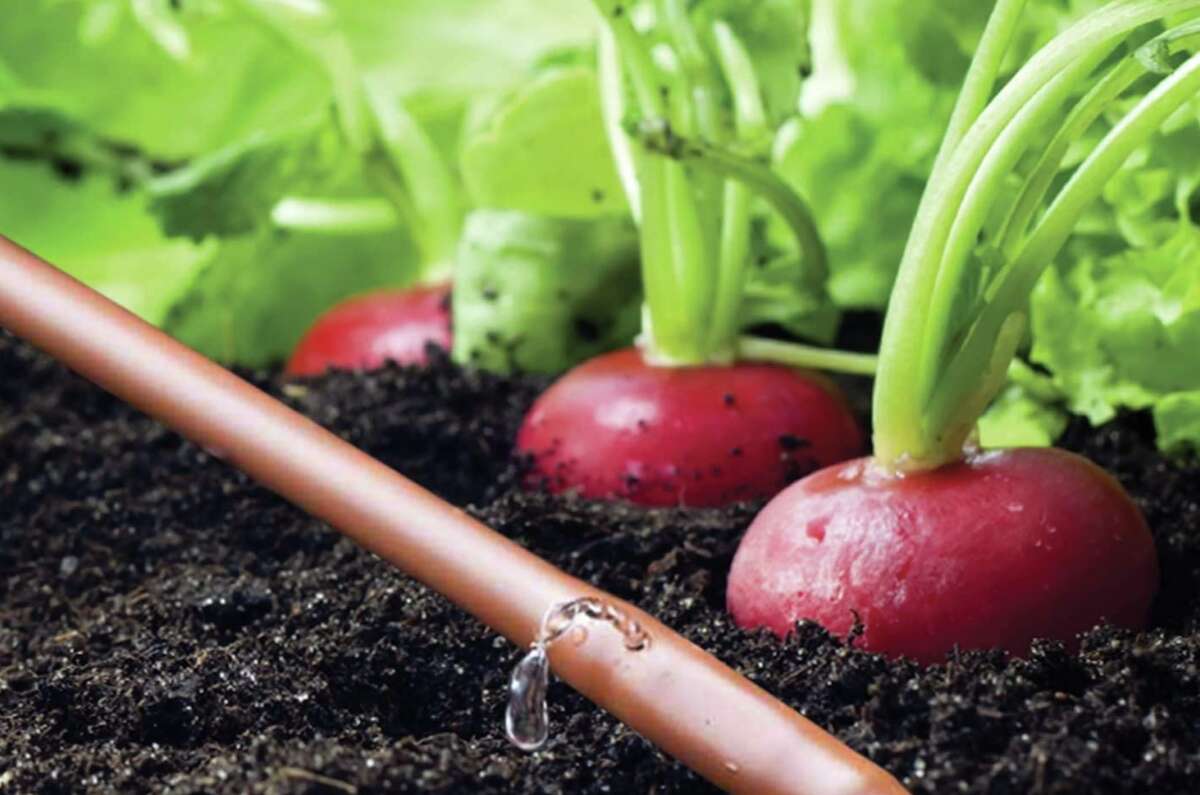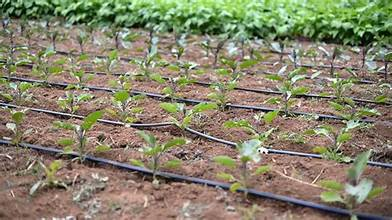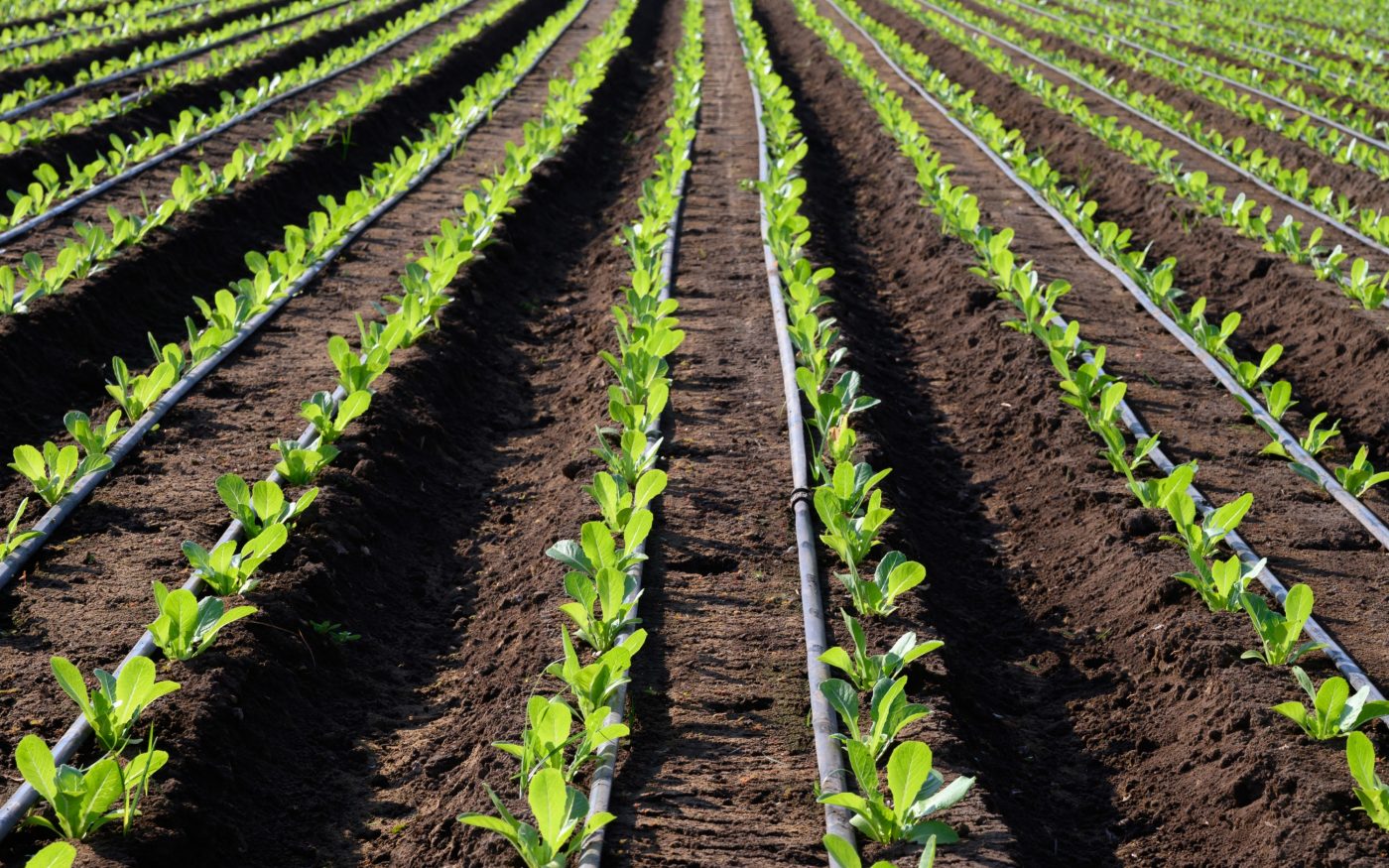
Completing Drip Irrigation Projects Sponsored by USAID
Replacement of old irrigation methods to drip irrigation system in Jordan Valley sponsored by USAID
-
Client
Citrus Farmers
-
Category
Irrigation, Fertigation & Water Saving
-
15,000,000.00 USD
Project Value
-
Date
March- 2005 -to- May- 2007
Project Challenging story
The primary technical obstacles that we successfully overcome are: insufficient water supply, low water quality, and inadequate water infrastructure.
Additionally, the cost of drip irrigation systems, a lack of financing options, and market accessibility are the main socioeconomic obstacles. that we overcame this by persuading USAID to fund these initiatives in the Jordan Valley.
Water Efficiency
Drip irrigation delivers water directly to the root zone of plants, minimizing evaporation and runoff. This targeted approach can reduce water usage by up to 50% compared to traditional irrigation methods.
Reduced Weed Growth
By watering only the plants and not the surrounding soil, drip irrigation can inhibit weed growth. Less water on the surface reduces the chances of weed seeds germinating.
Improved Plant Health
Consistent moisture levels can lead to healthier plants. Drip irrigation helps prevent water stress, ensuring that plants receive the right amount of water at the right time, which can enhance growth and yield.
Nutrient Management
Drip systems can be designed to incorporate fertilizers directly into the water supply (a technique known as fertigation). This allows for better nutrient uptake by plants and reduces nutrient runoff into the environment.
Reduced Soil Erosion
The gentle application of water minimizes soil erosion compared to other methods, like flood irrigation, where water can displace soil and lead to degradation.
Less Labor Intensive
Once installed, drip irrigation systems require less manual labor for watering, allowing farmers and gardeners to focus on other tasks. Automation options are also available.



